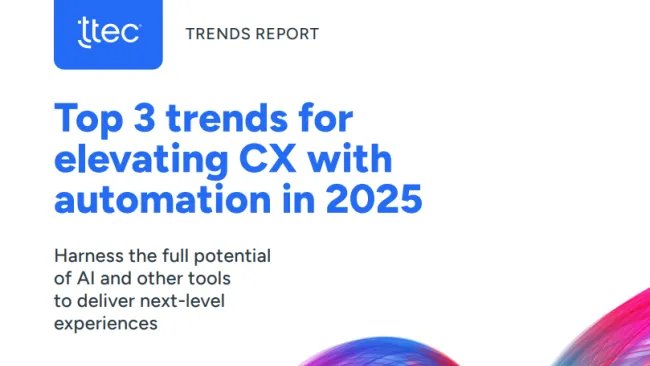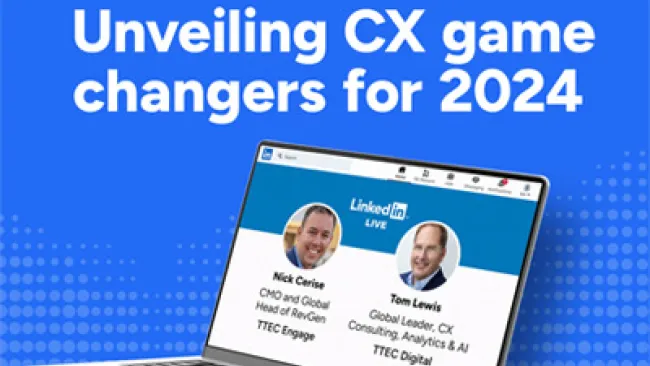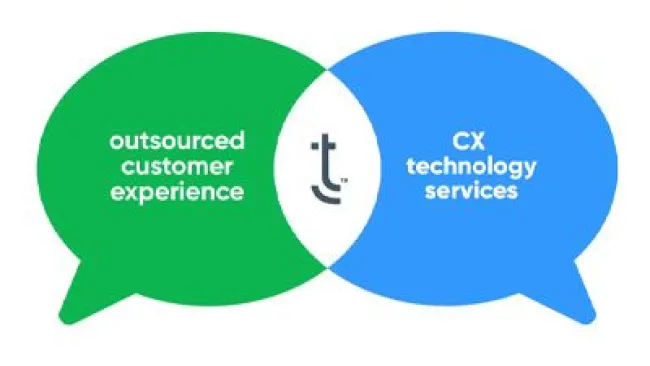The marketing landscape has been changing at a remarkable pace. In 2011 there were just 150 marketing technology vendors. Fast forward to today and now there are more than 5,000.
As this overflow of technology continues, marketers are having trouble efficiently utilizing and understanding what’s best and what’s rotten. Newly acquired tools need to fit how you want your company’s strategy to be accomplished.
The issue is marketers tend to look for that silver bullet -- some new tech or program to seamlessly solve all their marketing and sales problems. And that's what is constantly being looked for and being promised by the market.
An ocean of choices
Originally, the answer was pay per click. Marketers just had to have ads on the right side of Google and if they had a good placement they were set. Then it was Search Engine Optimization (SEO) -- just be number one on Google and do a bunch of blogging and backlinking. After, it was email marketing, sending emails out to customers and promote constant communication.
Eventually marketing automation took over favoring nurture emails over batch emails. But to fuel that marketing automation there was a need for material. That's when content became “king.” It seemed that all companies needed to do was churn out blogs, white papers, and e-books. Now, within the last couple of years there’s been a pivot over to account based marketing and predictive marketing.
Taking a step back
But the reality is that most companies are not mature enough to adopt most of these advanced strategies. There are tens of thousands of companies using advanced marketing automation software like Eloqua, HubSpot, Exact Target, and Adobe. And most of those with advanced systems in place are just using them for batch emails and linear nurture. None of them are doing personalization beyond, 'Dear so-and-so.' They are not customizing the imagery and messaging based on the geography, industry, or roles that they’ve interacted with.
In addition, many of these companies are barely doing basic lead scoring. They are just opinioned models that don’t evolve sales as a part of it. This is creating a big distrust between marketing and the rest of the company. And there’s already a wall between marketing and sales because of things like leaving the team out of lead scoring models and instead throwing leads their way.
We keep asking CFOs for those new tools that we think can solve every problem, while still paying for the old tools that was thought to be the silver bullet.
There needs to be a two-fold approach to getting the best value out of tools. First, take an honest assessment of the tools you have and what are they used for. Go through and find out what are the capabilities of the tool sets that you have, what are you using, what's the delta and how do you maximize the value of the tools that are used today.
The other big piece is that you've got to look at which of these new strategies, techniques, and techs are worth the time and effort. Doing things like real-time personalization and branching emails are things your advanced system should be able to do today, but most aren’t.
Focusing on sales enablement is great as well, because it can get sales a percentage gained in sales velocity and deal size. This gives an immediate ROI that can show your impact with the business.
In addition, you must address the culture process along with any sales and marketing tools. Because if the sales team doesn’t trust your leads and you start generating a bunch more of them, they are never going to get picked up so it's a waste of effort and time and money. Remember to do an assessment of where you are today. Look at the tools and capabilities that you have. And before you go chasing other shiny objects, look at it and say, “is this really something that can drive real impact or should we double down on what we have today?”
Start the Marketing Reality Check















